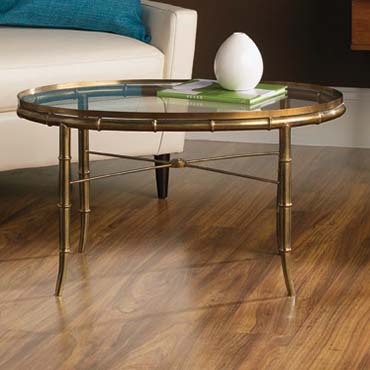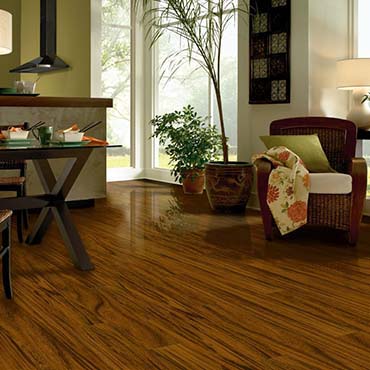


Interior designers and decorators are constantly on the lookout for materials that effortlessly combine beauty, practicality, and durability. Whether transforming a living room into a sleek contemporary haven or revitalizing a commercial space, laminate flooring provides an elegant solution that meets diverse design needs. But what sets laminate flooring apart from other options, and why is it becoming a preferred choice for many design professionals?
In addition to style, laminate flooring is highly durable and resistant to wear. Its tough top layer protects against scratches, making it an ideal choice for high-traffic areas. It also resists fading from sunlight, maintaining its vibrant appearance over time. Designers who prioritize ease of maintenance will appreciate its simple cleaning requirements—just a regular sweep and occasional damp mop keep it looking fresh.
What truly sets laminate flooring apart, though, is its ease of installation. For designers and decorators working with fast-paced projects, laminate’s floating installation allows for quick and efficient setups, minimizing project downtime. This product also offers a wide range of customization options, from plank sizes to finish textures, ensuring that it complements any design aesthetic.
Disclaimer: The information provided in this article is for general informational purposes only. While we strive to ensure the accuracy and reliability of the information presented, we make no warranties, express or implied, about the completeness, accuracy, reliability, suitability, or availability with respect to the content. Any reliance you place on such information is strictly at your own risk. We recommend consulting with professionals for specific advice tailored to your project’s needs, particularly regarding building codes, regulations, and product specifications.
Under no circumstances shall we be liable for any loss or damage, including without limitation, indirect or consequential loss or damage, arising from the use of, or reliance on, the information provided in this article.

Laminate Flooring - 151
Laminate plank flooring is a multi-layer product fused together. Laminate flooring planks simulate wood grain with a photographic layer under a clear protective finish. It is usually easier to install and maintain than traditional hardwood flooring.
See our collection laminate plank flooring brands like Shaw Laminate Flooring, Mannington Charter Collection™, Tarkett Home Laminate Flooring, Pergo® Laminate Flooring, BerryAlloc® Laminate Flooring, and more... Click below to see our whole selection of laminate plank flooring brands!

Laminate Flooring - 150
Laminate flooring tile looks like ceramic tile or stone, but without the expense and required maintenance. Laminate tile flooring has a photographic layer under a clear protective finish. It is easier to install and maintain than ceramic or stone.
See our collection laminate tile flooring brands like Shaw Laminate Flooring, Mannington Charter Collection™, Pergo® Laminate Flooring, BerryAlloc® Laminate Flooring, Wilsonart® Laminate Flooring, and more... Click below to see our whole selection of laminate tile flooring brands!

Laminate Flooring - 147
Most laminate flooring does adequately replicates the look of wood floors. Unlike real hardwood, laminate block flooring don’t have imperfections or dents, which contributes to less wasted materials.
See our collection laminate flooring blocks brands like Shaw Laminate Flooring, Mannington Charter Collection™, Pergo® Laminate Flooring, BerryAlloc® Laminate Flooring, Wilsonart® Laminate Flooring, and more... Click below to see our whole selection of laminate flooring blocks brands!

Laminate Flooring - 911
Waterproof PVC flooring is water-resistant flooring that effortlessly withstands extreme humidity. This flooring combines all the benefits of laminate and vinyl and is an ideal options for any room - even bathrooms, kitchens and mudrooms.
Learn MoreRevWood Plus provides the look of wood with the toughness of revolutionary laminate floor.




